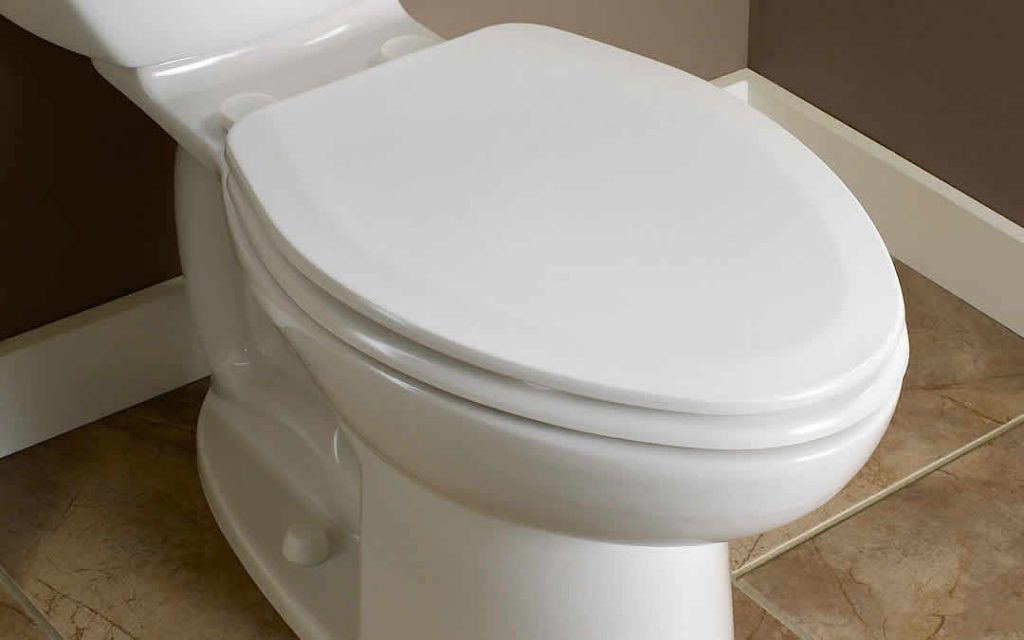How to Fix a Broken Flush Cistern in 3 Simple Steps
Jan 16
A broken toilet is one that leaks water, which not only causes your water bill to rise, but even cause structural damage to your bathroom and drip below your flat or condo unit if the leak is left unattended. But there is good news – you don’t have to call a plumber right away if the problem is minor. In fact, you can probably fix it yourself.

Here’s how you can fix a broken flush cistern and get your toilet to work normally again:
1. Check your toilet for any leaks
Start by removing the cistern lid and adding a small amount of food coloring into the cistern. This is because leaks can often go unnoticed, you need to use something to serve as an indicator, and this is where the coloring comes in.
If you see the food coloring in the water, it means you have a leak, and you need to proceed to the next step.
2. Lower the arm
One reason why your cistern keeps filling into the bowl is because the valve is open, in which case your next step is to lower the float arm to make sure the bowl sits lower in the cistern.

While this isn’t the case with newer cisterns, older cisterns have a brass arm that you can bend down for this situation.
You should also watch out for any clogs in your bowl, especially in your inlet valve, since this can affect the water flow in your cistern.
3. Adjust your float
Turn the adjusting screw on top of both the float arm as well as the ball, and raise and lower the arm to the right position that will shut off the water valve. The correct water level is usually marked in most toilets, so all you need to do is to look for it and adjust the float correctly.

After this, try adding coloring again to your cistern. If it stops leaking, it means your adjustment has worked. However, you may need to call a plumber if you still see dye in your toilet bowl.
Calling a Plumber
Water is a crucial aspect of everyday life, so it’s always a good idea to call a plumber if you have a serious problem with leaking toilets, faucets, and especially with your pipes. You should call one especially since some signs of serious plumbing damage aren’t always obvious.

Some of these less obvious signs of damage to your plumbing include the following:
- You have short showers
- The water drains slowly
- You don’t often have water in your home
- You hear knocking in your pipes
- The water comes out colored instead of clear.

